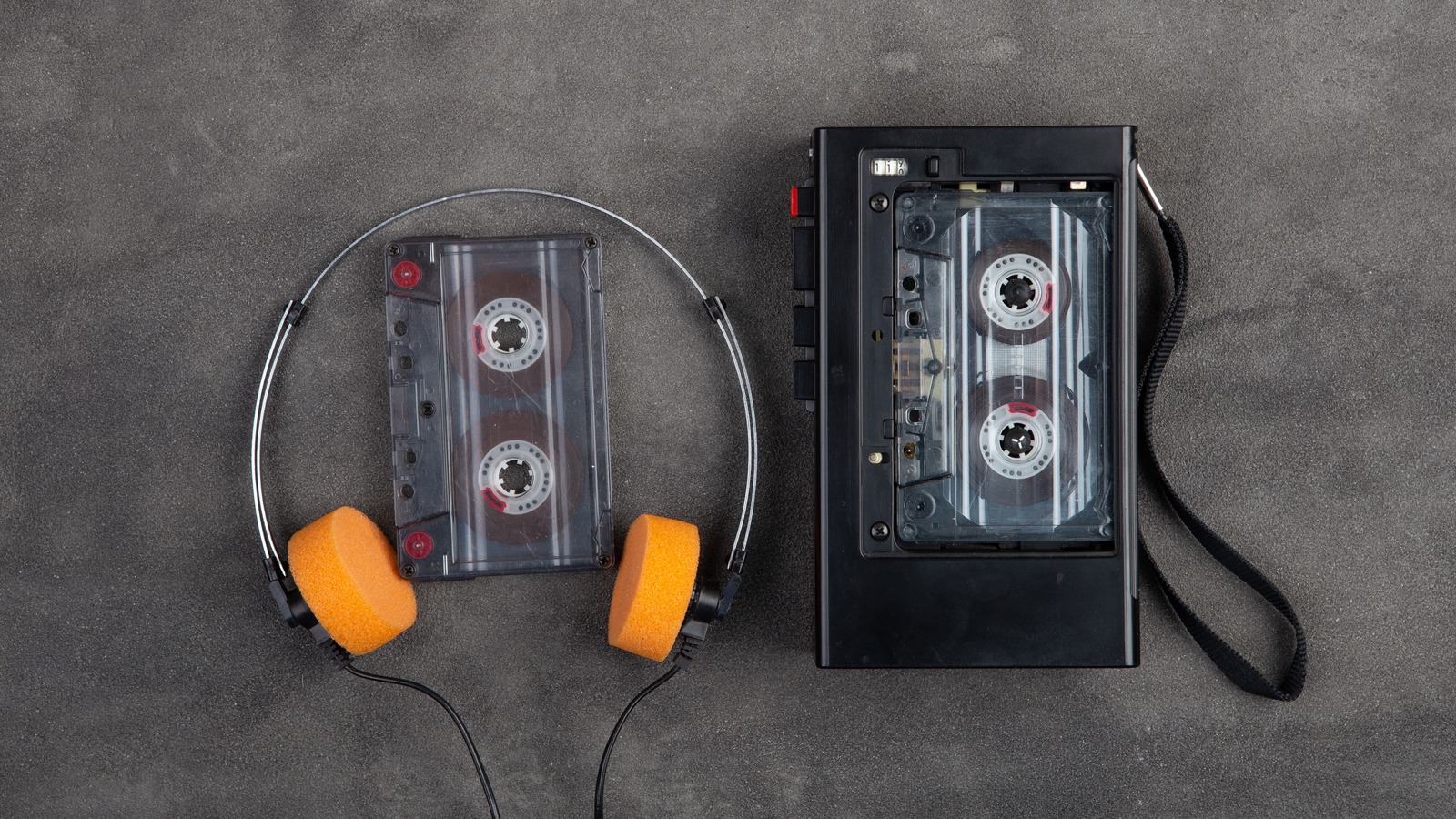
As far as media storage mediums go, the cassette is a pretty old format. It’s been around for close to 60 years, it was invented by electronics giant Philips, and it was immensely popular for several decades. Even after CDs, and even MP3s, had begun to dominate the market, the cassette still held on — mainly due to drivers of older vehicles only having a cassette player in their cars. They were also fairly easy to find at flea markets, garage sales, and in the dark, damp corners of thrift stores.
A cassette is basically a smaller 8-track, working in the same way as both that ancient format and the VHS. Data is written onto and read from a magnetic ribbon wound between two reels. While it is being wound one way or another, an exposed part is read by a cassette player. This design has a couple of benefits, one of which is the ability to record sound onto both sides of the “tape.” Like vinyl, tapes had an A-side and a B-side, which meant you could record twice the amount of data on one, and were able to flip it over and play something else instead of having to rewind it each time.
Of course, tapes had some downsides, too. There’s always a chance the cassette player you were using could have a bad day and decide to eat your favorite album. This would clog up the player and more than likely destroy your cassette. The quality wasn’t great either, especially when compared to CDs or MP3s.
Stay connected with us on social media platform for instant update click here to join our Twitter, & Facebook
We are now on Telegram. Click here to join our channel (@TechiUpdate) and stay updated with the latest Technology headlines.
For all the latest Automobiles News Click Here
